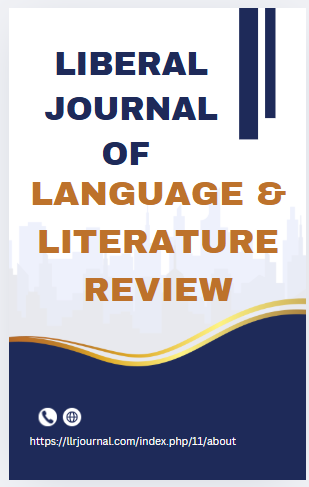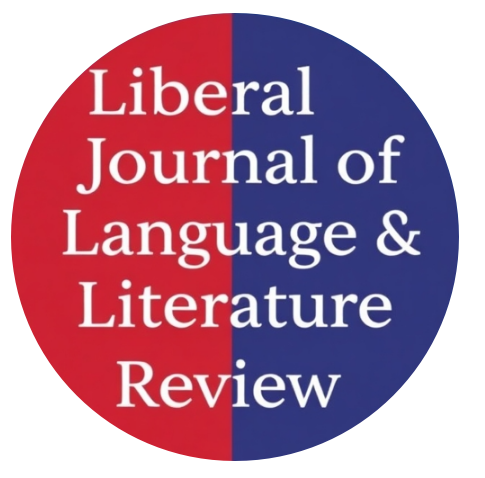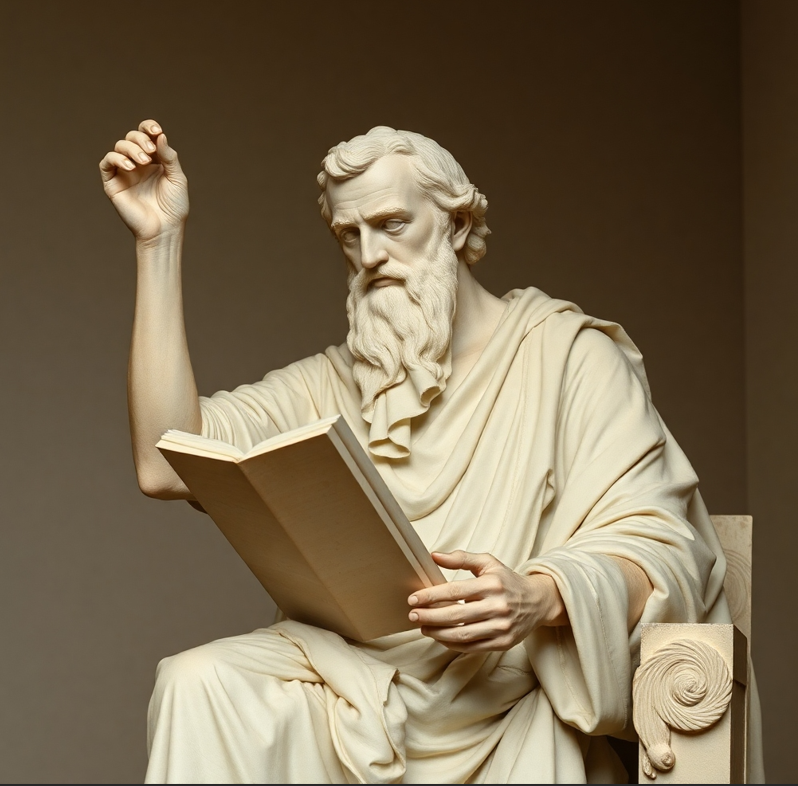Reorientation of Australian Stance in AUKUS through Political Cartoons: A Study of Global Times’ Cartoons
Abstract
The research conducts a visual discourse analysis of the reappraisal of Australia's position in the context of the AUKUS partnership based on Heidi Scott's (2023) framework. With its rhetorical power to stage narratives, materialize facts, and make meanings, visual imagery excavates the time-truth power nexus central to socio-political conversations. Political cartoons use metaphors and symbolic representations to create a more nuanced critique of Australia’s geopolitical alignment in the American power orbit. The cartoon depicts a bald eagle representing U.S. hegemony, casting a shadow over a kangaroo representing Australia, holding a weapon that embodies its role as an enforcer of U.S. interests. Exposing Australia’s subservient status in the eyes of its security relationship with the US, the analysis unpicks the power dynamics and cultural ramifications of a myopic foreign policy process. The eagle’s protective wing sweeping over the base represents the United States' strategic control, while the kangaroo's defensively folded posture raises questions about Australia's sovereignty within the alliance. Instrumental values such as loyalty and responsibility are balanced against terminal values of freedom and security, creating tensions between the need for national independence and the obligations to alliances. The cartoon ridicules the invented truths that uphold global power structures and draws attention to the implications of the skewed power relations between the United States and Australia. This visual dialogue highlights the wider socio-political consequences of Australia’s alignment with U.S. doctrine, prompting critical thinking about the nation’s involvement in global processes.
Key Terms: AUKUS, Political Cartoons, Global Times’ Postings




